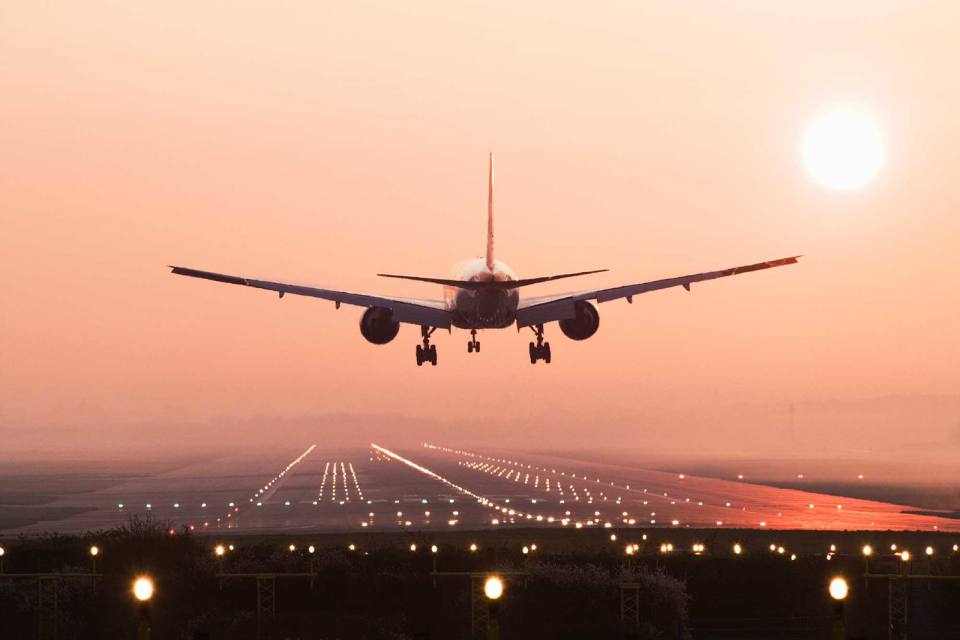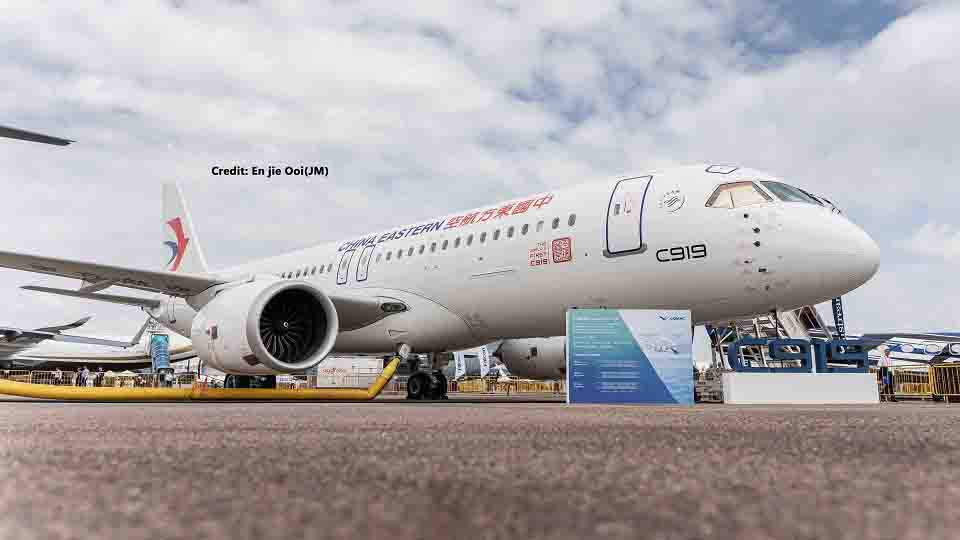Aviation
How Bomb Threats Affect Airlines and Their Costs

Bomb threats create significant problems for airlines, impacting both their operations and finances. When a threat is reported, airlines often have to divert or delay flights to ensure passenger safety. This precautionary measure is essential, but it comes with a hefty price tag.
For instance, a recent Air India flight from Mumbai to New York was diverted to New Delhi due to a bomb threat, resulting in a rescheduling of the flight. On the same day, two IndiGo flights bound for Jeddah and Muscat also faced similar threats, leading to delays of several hours. These incidents raise critical questions about the costs airlines incur due to bomb threats.
Airlines face various expenses when responding to bomb threats. These include additional fuel costs for rerouting, airport fees for landing and parking, and compensation for affected passengers. The diversion, deplaning of passengers, and necessary security re-checks create a logistical nightmare for airlines, leading to substantial financial losses throughout the process.
The costs can quickly add up. For example, the extra fuel, catering, and airport charges can cost an airline around Rs 12 lakhs per hour. The longer the delay, the more money the airline ends up spending. Some estimates suggest that an airline could incur as much as Rs 50 lakhs in extra costs for each diversion related to a bomb threat.
Moreover, these disruptions can affect flight schedules, particularly for budget domestic carriers that have shorter turnaround times between flights. This not only impacts the airline’s bottom line but also causes inconvenience for passengers, especially those with connecting flights or those traveling for emergencies.

Aviation
China Eastern Receives Its Ninth C919 Aircraft, Marking a New Milestone

China Eastern Airlines (CEA) has reached a significant milestone with the delivery of its ninth COMAC C919 aircraft, continuing its lead as the launch customer for China’s domestic narrow-body airliner.
On Thursday, the airline received the latest addition to its fleet, registered as B-657T, marking another step in China’s ambitious efforts to establish itself as a key player in the global aerospace market.
Virgin Australia Launches Black Friday Sale on Flights Worldwide
This delivery is part of a major achievement for COMAC (Commercial Aircraft Corporation of China), which has now delivered a total of 10 comac c919 in 2024 alone, a remarkable increase from just three jets delivered by the end of 2023.
The C919 program represents China’s entry into the competitive market for commercial aircraft, aiming to rival the dominance of manufacturers like Airbus and Boeing in the narrow-body sector.
These 6 Airlines Are Giving You Free Wi-Fi on Your 2025 Flights
One standout feature of the c919 is its innovative in-flight technology, particularly its Wi-Fi system. Developed by the China Electronics Technology Group Corporation (CETC), this system allows passengers to connect to the “CEAIR-WIFI” wireless hotspot, providing seamless access to in-flight entertainment.
Through the website www.muflyer.com, travelers can enjoy a range of features including “Air Cinema” and “Air Games,” which enhance the flying experience.
Looking ahead, COMAC’s ambitions are not limited to narrow-body aircraft. At the 15th China International Aviation and Aerospace Exhibition in Zhuhai, c919 aircraft price made waves with the announcement of over 100 new aircraft orders.
A significant highlight was a high-profile agreement with Air China for the development of the C929, a widebody aircraft set to compete c919 vs a320 and c919 vs 737 with these models.
-

 Aviation2 months ago
Aviation2 months agoMicrosoft Flight Simulator Raises $3 Million to Bring Back the An-225 Mriya
-

 Airlines2 months ago
Airlines2 months agoQatar Citizens Can Travel to the United States Without a Visa
-

 Aviation2 months ago
Aviation2 months agoQatar Airways bans these new Electronic Devices on plane
-

 Defence2 months ago
Defence2 months agoWhich Country Has the Largest Fleet of Fighter Aircraft?
-

 Airlines1 week ago
Airlines1 week agoDAMAC Air: Dubai’s New Luxury Airline Offers Free Flights for Registration
-

 Airport2 months ago
Airport2 months agoWestern Sydney Airport Welcomes Its First Plane After 6 Years of construction
-

 Airlines7 days ago
Airlines7 days agoAir India to Launch aircraft maintenance training institute in Bengaluru
-

 Aviation2 months ago
Aviation2 months agoDid you know ? Once Boeing 747 carried 1088 passenger in 1991








